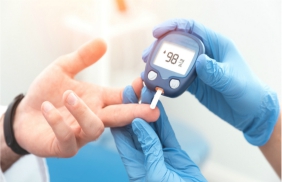
Both type 1 and type 2 diabetes occur when the body cannot store and use glucose properly viz. very essential for energy
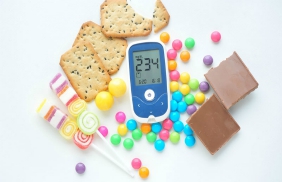
Symptoms of diabetes vary depending on how much blood sugar is elevated. Symptoms include increased thirst etc.
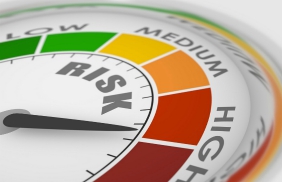
We can change lifestyle risk factors around eating, physical activity, and weight except for family history or ethnicity
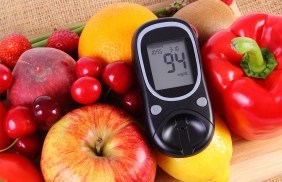
When you have diabetes, nutrition and physical activity form the important parts of a healthy lifestyle
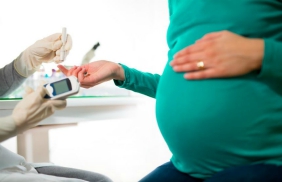
High blood glucose levels during pregnancy can increase the chance of various risk factors for the baby as well.
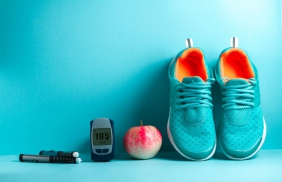
Foot problems are common in people with diabetes but can lower the chances by taking care of the feet everyday.
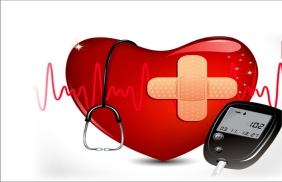
Diabetes can damage blood vessels and the nerves that control the heart and blood vessels.
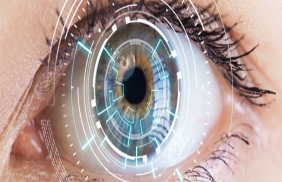
Diabetic eye disease is a group of eye problems that can affect people with diabetes.
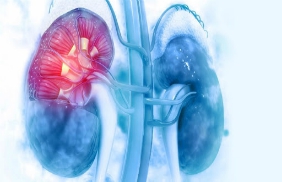
Diabetes causing kidney damage is called diabetic nephropathy. It begins long before the symptoms.
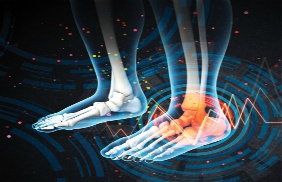
High blood sugar can injure nerves throughout your body. Diabetic neuropathy most often damages nerves in legs and feet.
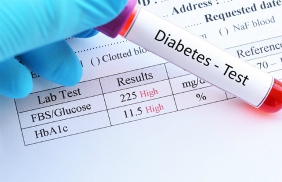
Fasting plasma glucose (FPG) test or the A1C test is the most common test used to diagnose diabetes.
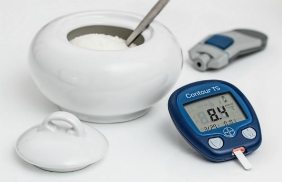
Prediabetes generally occurs in people who already have some insulin resistance.
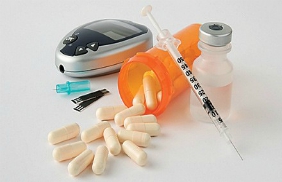
The medicines vary by the type of diabetes and how well the medicine controls your blood glucose levels.